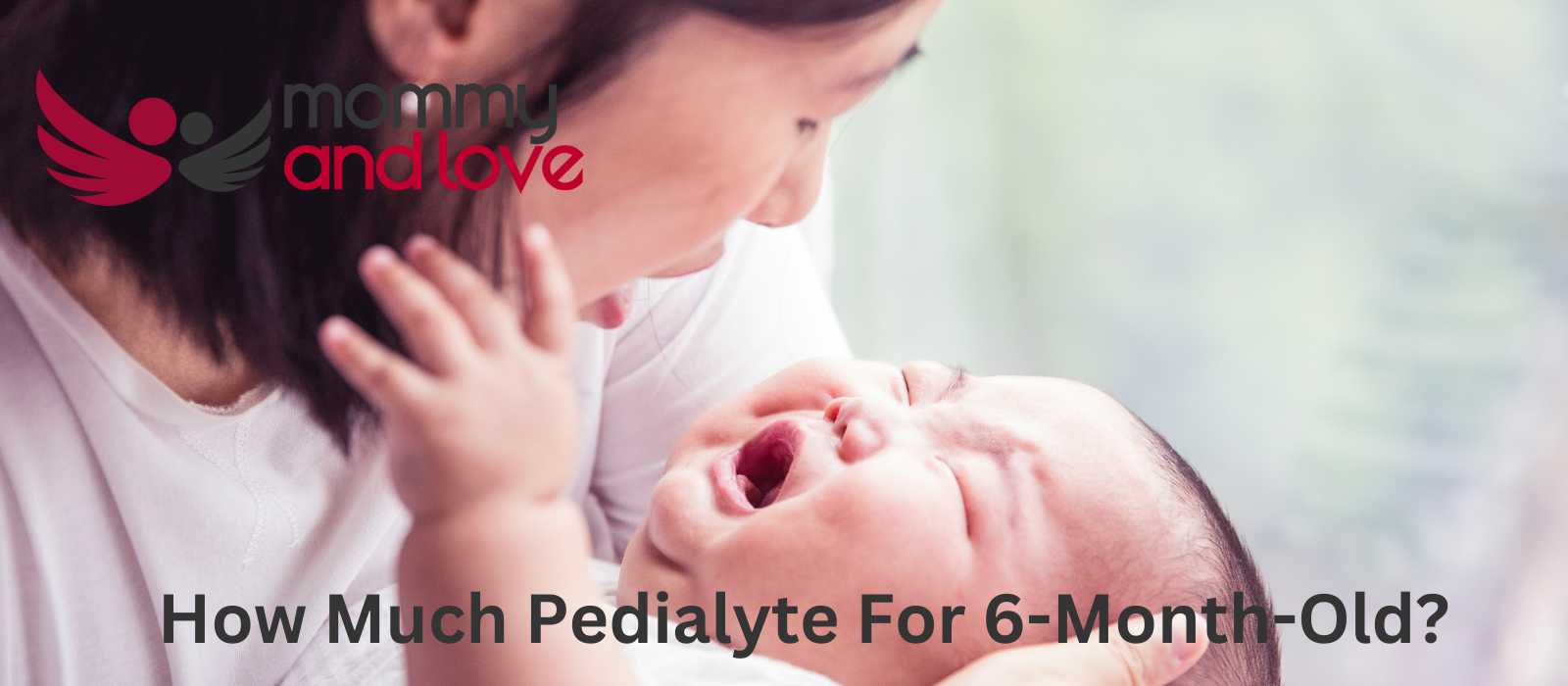If your baby has been sick, particularly with symptoms like vomiting or diarrhea then there is a greater risk of dehydration. Fortunately, there are medications out there that are designed to ensure proper hydration and pedialyte is one of them.
But as with any medication, you have to be careful when administering it to young babies. So many parents want to know how much Pedialyte to give to a baby.
The amount of pedialyte you should give to your little one will depend on your child’s age and weight. At the age of six months, you may give pedialyte powder form an oral rehydration solution between 2 and 10 ounces but this is dependent on other factors.
Since oral rehydration solutions like pedialyte aren’t always clear on dosage, I’d recommend speaking to your medical professional and getting proper advice before proceeding. However, the information I’m about to discuss can be used as a guide.
Key Takeaways
- How much Pedialyte you should give to your child
- The signs of dehydration
- Understanding when to use Pedialyte
What Is Pedialyte Used For?
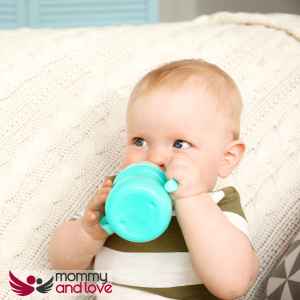
Pedialyte is a type of oral electrolyte solution that is often used for children and adults. It is used to prevent dehydration as well as to reverse dehydration by replacing lost fluids as well as replacing minerals like potassium and sodium. These are often lost when your child vomits or has a bout of diarrhea.
When Should I Give My Baby Pedialyte?
Your pediatrician will probably advise you to start using Pedialyte as soon as vomiting or diarrhea begins. This product is designed to prevent dehydration and will avoid your baby having to go to the hospital for treatment.
However, it’s really important to understand that Pedialyte is not a replacement for other fluids. So you must continue to give your baby breast milk or formula alongside the medication.
Understanding The Signs Of Dehydration In Babies
As I have mentioned, it’s wise to start using Pedialyte as soon as you notice any loose bowel movements or your child starts vomiting. However, this may not always be possible so it’s worth clueing yourself up on what signs your child may display if they become dehydrated.
Soiled or wet diapers
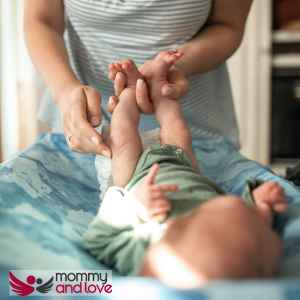
By the time they reach six months, babies will usually pee between every four and six hours. If they aren’t then it could be a sign that they need more fluids.
It’s also important to look at their bowel movements which could change in consistency. When babies have diarrhea, this can lead to dehydration so it’s important to look at the stools carefully. Do keep in mind that breastfed babies may have naturally looser poop than bottle fed but you’ll be familiar with what’s normal and what isn’t.
Changes to their activity level
Babies at the age of six months are becoming a lot more active. Some are rolling over and others are crawling. Almost all will be making babbling sounds and trying to communicate.
But if you notice that your little one is not as active as usual, this could point to dehydration as the cause. When the body lacks liquids, it can slow down so this is something that you should take seriously.
physical signs of dehydration
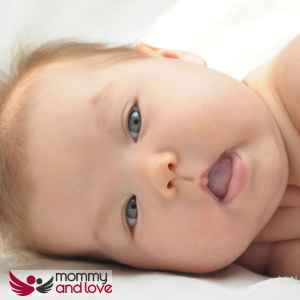
Looking at your baby’s physical condition can tell you a lot about whether they are dehydrated. Start by looking at the soft spot on your baby’s head which may appear sunken if they are dehydrated.
The child may have a dry mouth or dry lips since dehydration can prevent the body from being able to produce saliva as readily. The eyes may also appear sunken.
more severe signs
If you notice any of the above signs then it could indicate that your child is dehydrated and starting to use Pedialyte is advisable. However, there are some more serious signs that infants are suffering from dehydration and these could require medical supervision.
Check the skin to see if it is wrinkled or discolored and feel your baby’s hands and feet. If they’re cold, this could show that they’re dehydrated. Moreover, infants that are fussing and cannot be settled may be sick and should be seen by a doctor.
Infants And Pedialyte
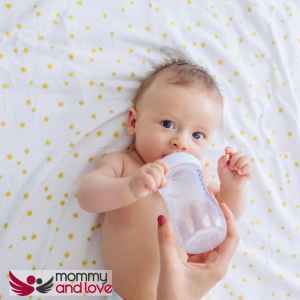
It’s hard for parents to understand how much medication they should give to their children as instructions aren’t always clear. Before anything else, I’d always recommend seeking professional medical advice. But, as a rule of thumb, it’s OK to give Pedialyte to babies.
It is, however, important that you don’t interrupt their normal feeding schedule so for both breastfed babies and formula-fed babies, usual food should be offered to ensure that they do not lose vital nutrients.
Giving Pedialyte In line With Weight
You’ll notice that, on the Pedialyte packaging, there is information concerning the dosage for one-year-old babies and older children. However, there is no instruction on what to do for younger babies but it all comes down to how heavy they are.
If you speak to your pediatrician, they may offer you advice on different does but generally speaking, the following is OK for Pedialyte Classic formula every hour.
- 10 lbs – 4 tablespoons (2 oz)
- 15 lbs – 6 tablespoons (2.5 oz)
- 20 lbs – 1/2 glass (3.5 oz)
- 40 lbs – 1 glass (6.5 oz)
- 60 lbs – 1 1/2 glasses (10 oz)
As well as considering your baby’s age, you should also look at how well they are managing to keep fluids down. If your baby is vomiting everything back up then it is best to gradually add sugar and work up to the dose allowing him or her small sips as opposed to a whole dose in one.
Pedialyte Freezer Pops
Pedialyte freezer pops can be a great way to provide hydration and electrolytes to children who are sick or dehydrated. These pops are especially useful for older kids who may be hesitant to drink the traditional Pedialyte solution.
By making Pedialyte freezer pops at home, parents can ensure that their child is getting the fluids and electrolytes they need to recover from illness or dehydration, while also providing a tasty treat that kids will enjoy.
Pedialyte freezer pops can be a convenient option for parents who are on-the-go, as they can be easily stored and carried in a cooler or insulated bag.
However, it is important to note that Pedialyte freezer pops are typically recommended for children over the age of one, and parents should always consult with a pediatrician before giving any type of electrolyte solution or supplement to their child.
Conclusion
Nobody wants to see their child sick but if your baby vomits or has diarrhea, this is something that should be taken seriously. You see, these symptoms can cause the body to lose fluids and become dehydrated.
Pedialyte is a formula that can prevent and improve dehydration in adults and children. It can even be used every hour for babies but you must only give a dose that is suited to the child’s weight.
FAQs
Can a 6 month old take Pedialyte?
Pedialyte can be given to infants as young as 6 months old, but it is important to consult with a pediatrician before doing so.
How much Pedialyte do you give an infant?
The amount of Pedialyte to give an infant will depend on their weight and the severity of their dehydration. It is important to follow the instructions of a pediatrician and the guidelines on the Pedialyte packaging.
Can I give my 6 month old electrolyte?
Electrolytes can be beneficial for infants who are dehydrated or experiencing diarrhea, but it is important to consult with a pediatrician before giving electrolytes to a 6 month old.
How much Pedialyte can a baby have in a day?
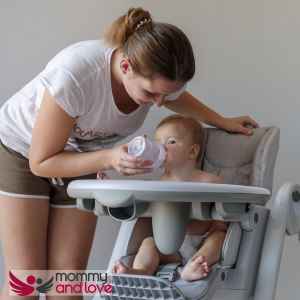
The amount of Pedialyte a baby can have in a day will depend on their weight and the severity of their dehydration. It is important to follow the instructions of a pediatrician and the guidelines on the Pedialyte packaging. Generally, a pediatrician may recommend small, frequent feedings of Pedialyte to avoid overloading the baby’s system.
Can I mix pedialyte with soda or juice?
It is not recommended to mix Pedialyte with soda or juice. Pedialyte is designed to provide hydration and electrolytes to the body, while soda and juice can be high in sugar and other additives that may actually worsen dehydration.
Mixing Pedialyte with other beverages may alter the balance of electrolytes and reduce its effectiveness in rehydrating the body. It is best to give Pedialyte to your child as recommended by a pediatrician, and avoid mixing it with any other substances unless advised to do so by a medical professional.

